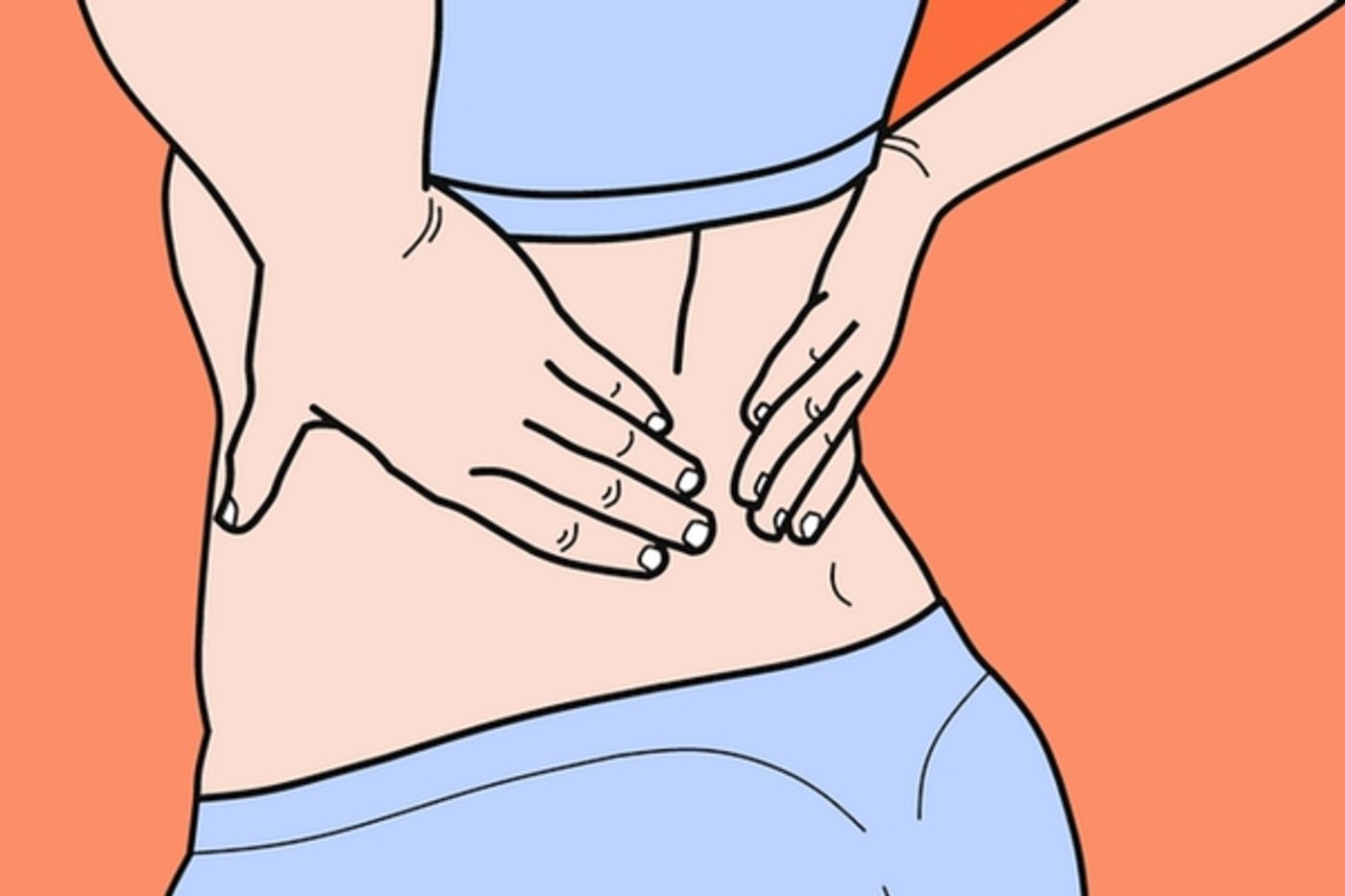Treating Pain Without Opioids
Chronic pain is a condition that impacts about 1.5 billion people in the world. The causes of it are varied, from traumatic injuries, arthritis, and degenerative bone disease to aging and cancer. Pain is considered chronic if it persists for 12 weeks or more, despite treatment. Having chronic pain can severely limit one's ability to enjoy life, stay employed and maintain social relationships.
Pain is often treated with opioid medications, but the abuse of these drugs is becoming a national public health crisis. Heroin is an opioid, and while it's never prescribed, many patients who use narcotic painkillers wind up using heroin. The American Society of Addiction Medicine reported that in 2015 there were over 52,000 deaths from drug overdoses. About 20,000 of those overdoses were from prescription painkillers, and nearly 13,000 were from heroin.
Doctors are always looking for alternative ways to manage pain that don't require using potentially addictive opioid drugs. One such treatment option is neuromodulation. There are several ways it can work, but the basics involve passing an electrical current to specific nerves in the body. The zap of electricity works to interrupt the sending of a pain signal from the nerve to the brain. Lead wires have to be implanted in the body and then connected to a battery. Depending on the type of device, the battery can be implanted or worn outside the body. The patient is then able to control the device to send a signal to the internal leads.
The technology of electrical nerve stimulation has been around for a few decades, however recent advances have made the equipment smaller and more portable and therefore more accessible to the average patient. One of the most common forms of neuromodulation is spinal cord stimulation (SCS). Back pain is a leading cause of disability in the US and patients are often prescribed narcotics to treat it. Finding a different treatment for patients with chronic back pain is a first step in curbing the opioid epidemic.
A study conducted by Abbott Laboratories, a medical device company, found that opioid use declined in patients who received an SCS device and follow-up treatment. In patients that had the SCS device implanted and then removed, opioid use went up. The study was conducted on 5,400 patients with chronic back pain. While the study was done by the manufacturer of the device and not an independent medical facility, the results are still part of the picture when looking at narcotic alternatives.
Makers of neuromodulation devices are hopeful that insurance companies will include them in covered treatments. Presently, not many companies will cover SCS or other neuromodulation therapies even though there is some evidence that using this form of pain management could reduce opioid addiction. Rather than being a last resort, after drugs and surgery, some medical professionals believe they should be used before opioids and invasive surgeries. Speaking to MIT Technology Review about the use of neuromodulation, Dr.Nagy Mekhail, a pain physician at the Cleveland Clinic stated, "It should not be a last-resort therapy. In some patients, it should be the first choice."
The video below has more information on this technology. Hopefully, as more studies are conducted, an alternative to opioid use can be found.
Sources: Business Insider, MIT Technology Review, American Society of Addiction Medicine, Journal Article, Neuromodulation










